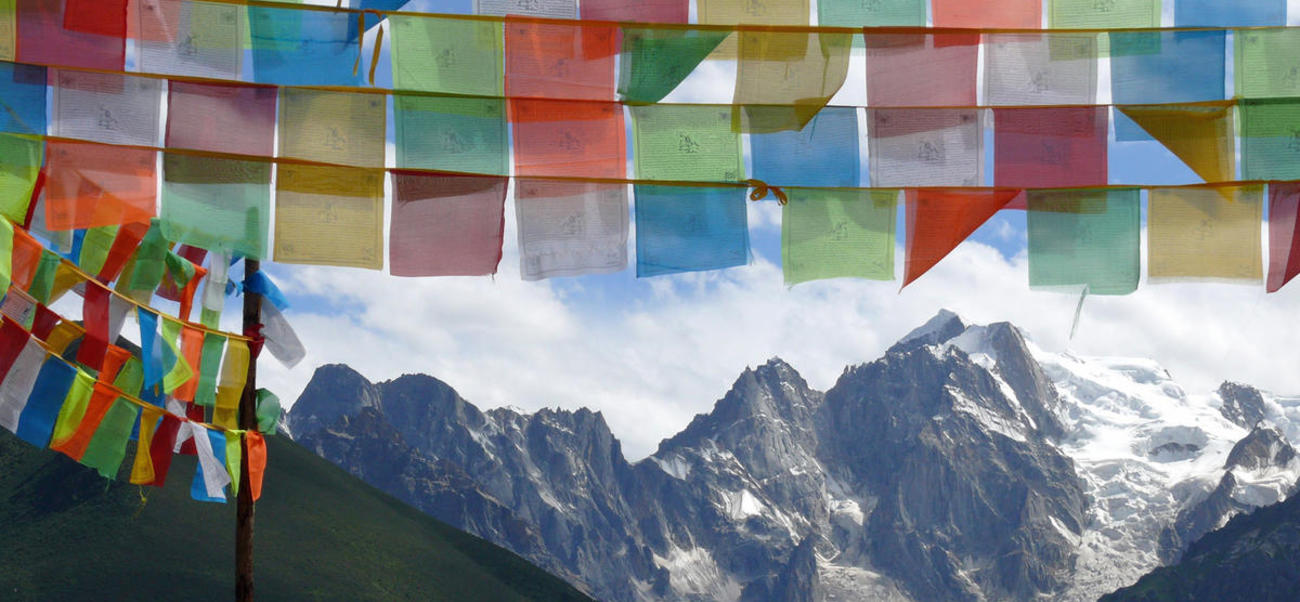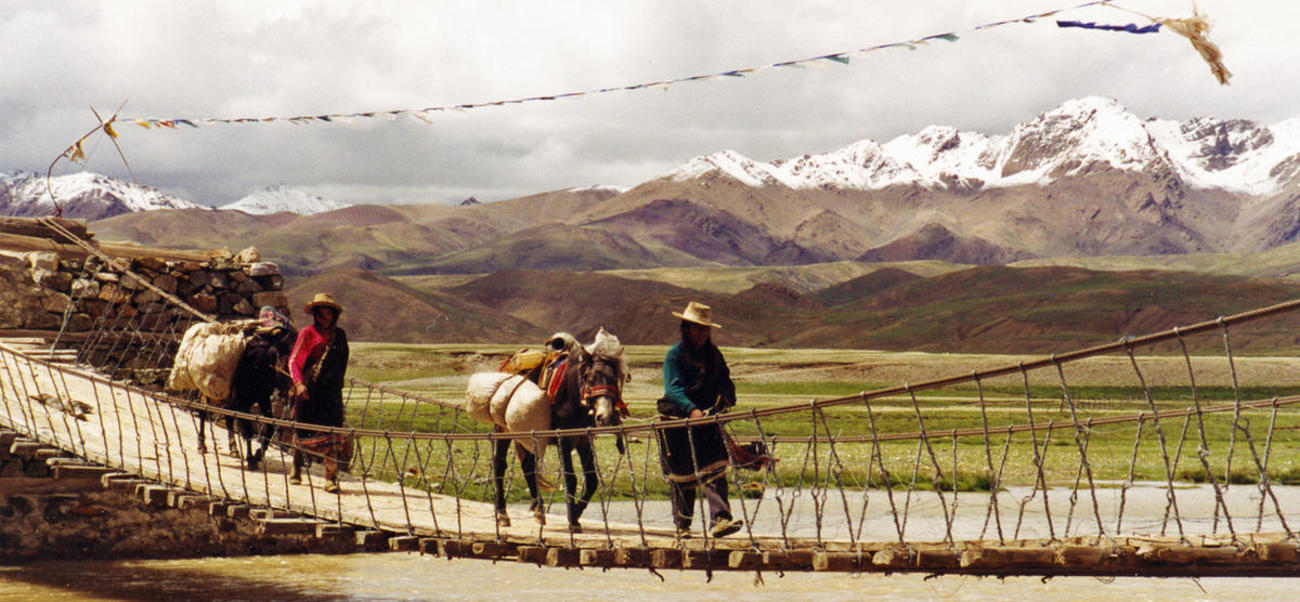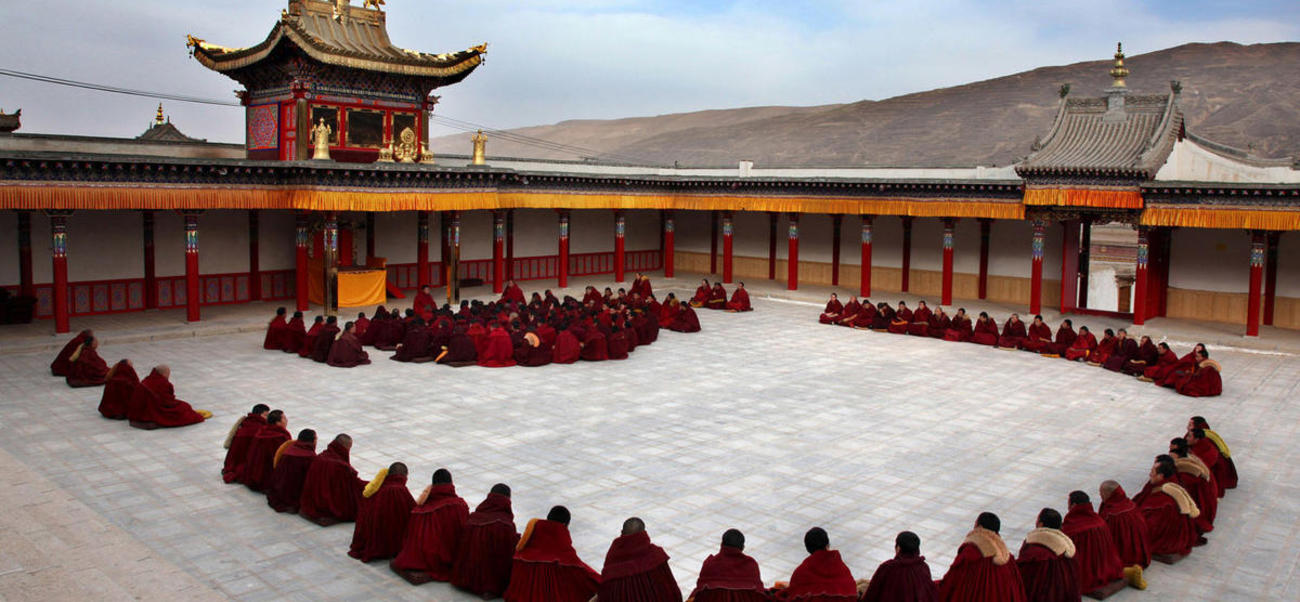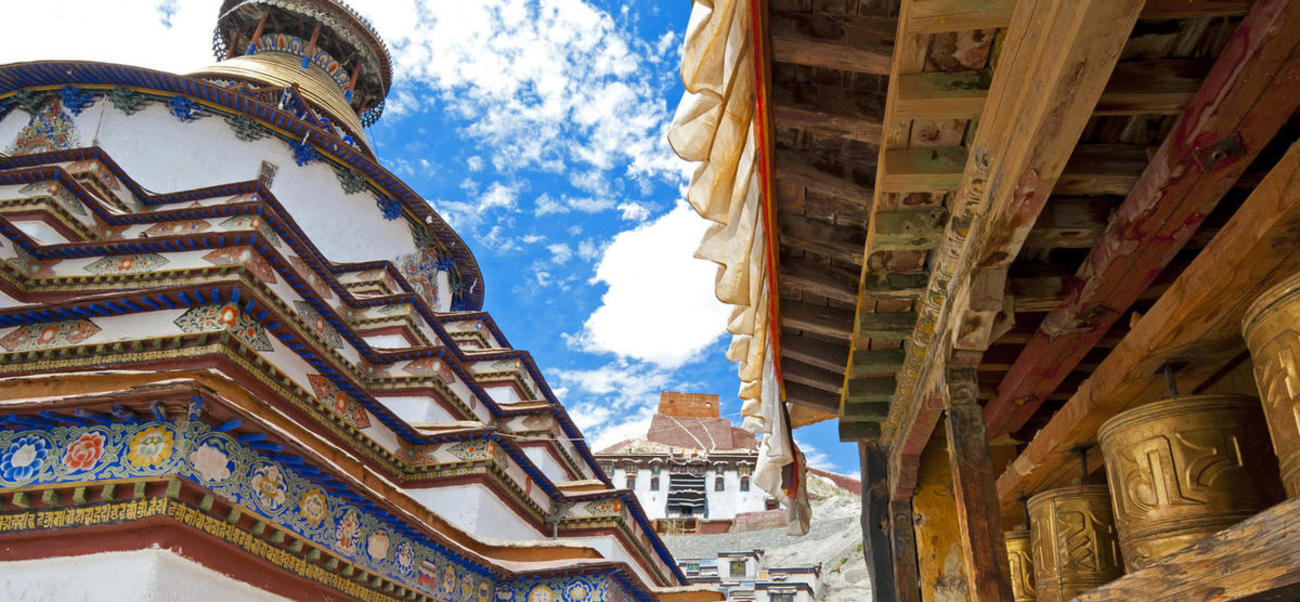The capital of Tibet is a fabled city on the bucket lists of many world travelers. Lhasa, which literally translates to “The Place of the Gods” has sat high on the Tibetan plateau as the cultural, political and spiritual capital of the region for at least a thousand years. It’s designated as one of the 24 historical and cultural cities in all of China, and it’s soaring altitude at 3,650 meters makes it the highest capital in the world.
What is the Best Time to Visit Lhasa?
Although Lhasa is beautiful and temperate for a large part of the year, the best time for tourists and trekkers alike to visit Lhasa is in the summer months. This is because it’s warmer on the plateau, with plenty of days of long, sunny weather. The Tibet capital sees almost no rainfall in spring and autumn. Any monsoon rains usually fall in the late evening and overnight, which means the summer days are often bright and filled with sunshine for at least eight hours.
It’s important to note that if you choose to visit Tibet at any other time of the year, the country is usually closed to international travelers in mid-February and March for the Tibetan New Year (Losar).

Visit Lhasa in August
August is one of the best times to visit Lhasa. This is because the weather is beautiful, the sun is shining and the Tibetan lunar calendar has a large concentration of festivals and celebrations this time of year. In fact, here are some of the local festivals that take place near to or in August:
Shötun (Yogurt Festival)
Shötun is an important celebration in the Buddhist faith, and thousands of Tibetans gather in Lhasa to celebrate. Shötun translates to “sour milk banquet” or Yogurt Festival. The festival began when Tsongkhapa, a famous Tibetan Buddhist teacher, initiated a rule that Buddhist monks should concentrate on meditation in monasteries from April to June. After these days of meditation were complete in June, the locals would serve the monks curds, perform lhamo, or Tibetan opera, and go on picnics. This tradition soon became a regional festival, with famous lhamo being performed at the Norbulingka Palace. Hundreds of thousands of people also gather at the Drepung Monastery for the Buddha Thangka (giant painting) to be unveiled yearly.
During this festival you will see lamas carrying the Jampa Thangka, yak racing, horsemanship, and crowds of Tibetan people in beautiful ethnic dress to celebrate.

Other Tibetan Festivals in August
There are several other regional festivals that happen around this time of year. They include:
Horse-Racing Festival- The summer pastures around Damxung and Nam-tso fill with thousands of nomads for horse racing, archery and other nomadic sports.
Bathing Festival- The Tibetan people host a ritualistic bathing festival at the end of the seventh and beginning of the eighth lunar months. This purification celebration coincides with the constellation Pleiades becoming visible in the night sky, and symbolizes washing away the grime of the previous year in preparation for the new.
Onkor- Around the same time as the bathing festival (the first week of eighth lunar month) a central Tibetan festival occurs to celebrate the upcoming harvest.

Traveling to Tibet
Did you know that you must book a pre-arranged tour with a registered company in order to travel in Tibet? This is one of the main ways to get the Tibet travel permit that is required to visit the country.
Thankfully, we can take care of all of this for you if you join us on one of Wild Frontiers' group tours to Tibet. Our tours take place in August in order to visit Lhasa and surrounding cities at the peak times to see displays of culture, local festivals and more!

Tours to Tibet
We offer two rich Tibetan experiences for groups of up to 12. Each occurs in June and August to maximize your exposure to local celebrations, cultural traditions, and pleasant weather!
Across the Tibetan Steppe
This fascinating Tibet tour spans 15 days and thousands of miles as you explore the various landscapes Tibet has to offer. The journey begins on the banks of the Yellow River in Qinghai province. This northernmost area is considered Greater Tibet, and contains the mystical city of Xiahe, which is referred to as the “Second Tibet.” After visiting the stunning monasteries here, you’ll take a train ride through the diverse landscape of Tibet- rolling meadows where yaks roam, snowy mountains and thunderous rivers are all part of the view on the way to Shigatse.
During this journey, you’ll see the monastic city of Tashilunpo, the Everest Base Camp at Shegar, Rongbuk Monastery (the highest monastery in the world!) Yamdruk Tso Lake and Tsedang, the revered seat of Tibetan emperors. Your tour will end with three leisurely days in Lhasa, soaking up the culture, stunning monasteries and palaces.

Lhasa to Kashgar via Mt. Kailash
A once in a lifetime opportunity awaits you on this 22-day journey through Tibet. At the heart of the journey is the rare opportunity to perform a circumambulation around the sacred Mt. Kailash. A circumambulation is the act of moving around a sacred object or image and is an important part of Buddhist devotional practice.
The Sacred Mountain of Kailash is considered by Buddhists and other surrounding religious practitioners to be the heart of the world. Four major rivers originate here that traverse the four cardinal directions, and the mountain is an origin point for life, religion and spiritual practice for Hindus, Jains and Buddhists. The 52-kilometer circumambulation takes one day, with pilgrims rising at 3am and finishing at 6pm.
Not only will you be able to undertake this awe-inspiring Tibetan practice, you’ll also be able to enjoy some of the cultural and natural highlights of the Tibetan plateau. Also included in the list of stops and activities are:
- Visiting the Drepung Monastery and Potala Palace in Lhasa
- Yamdrok Tso Lake (the largest lake in Tibet)
- Everest Base Camp
- The Tsdapuri Hot Springs and the monastery complex there
- The remote salt lakes of the Tibetan Wilderness
- Huoyan Shan Oasis
- The Islamic city of Kashgar